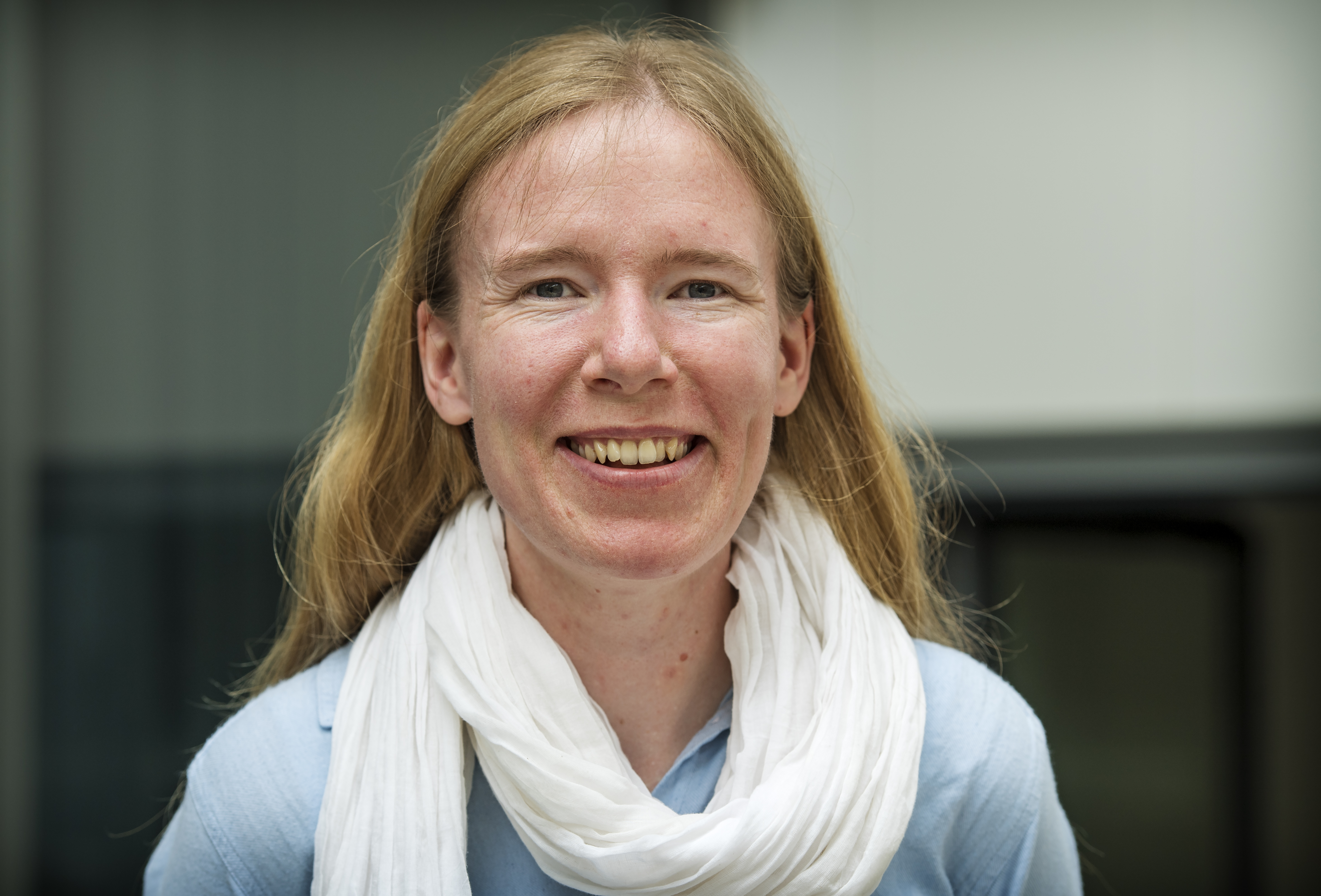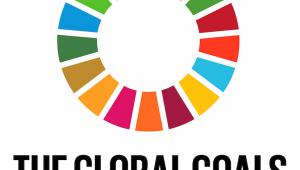Blended finance is dominating discussions at the Organisation for Economic Cooperation and Development this week.
Blended finance, or blending, is a slippery concept – but typically it means combining concessional public finance (such as aid) with commercial finance, to fund development-related activities in the global south.
For the OECD, blending holds a big part of the answer to financing the Sustainable Development Goals (SDGs) – a subject explored in more depth at this week’s OECD conference on Private Finance for Sustainable Development.
According to a background paper released for the conference, blending is “a growing priority for most of the international development community” and a key part of the “action required to achieve the SDGs”.
The conference aims to “demonstrate the strengths and synergies’’ between blending and other private financing approaches, and to “discuss concrete, innovative examples… highlighting good practices around proven solutions”.
In contrast, the OECD paper has much less to say about the limitations and risks of blending as a tool to achieve the SDGs. Yet a growing body of analysis from civil society organisations and official bodies suggests these limitations and risks are significant. Key challenges include:
• Opportunity costs. If aid is used to subsidise private sector activities, then – in the absence of an increase in overall aid levels – this means less aid for investment in public services or other essential priorities for people living in poverty. As a recent Eurodad paper argued, the commercial imperative behind blending means it is unlikely to suit investments in some of the most difficult development challenges that are critical to the SDG pledge of leaving no-one behind.
• A shortage of compelling evidence on impact. The theory is that blending incentivises the private sector to act in a more development-friendly way. But in practice it is very hard to measure whether the same outcomes would not have happened anyway. A 2016 evaluation of European Union blending between 2007 and 2014 found that in almost half of the cases examined, there was no clear reason articulated for the added value of using of blending. What’s more, the same evaluation found that “The projects selected for blending did not emphasise the pro-poor dimension” and “gender was rarely targeted’’.
• Weak alignment with development effectiveness principles. The OECD’s conference background paper says that blending is ‘’closely related to … the imperative to use ODA [i.e. aid] most effectively’’. However, Eurodad has consistently found that blending risks eroding key development effectiveness principles - such as local ownership of development priorities - given that it often places more power in the hands of northern-dominated, weakly accountable, development finance institutions.
• A risk that the real winner will be the private sector in donor countries, at the expense of local development. The OECD has not yet agreed how to mitigate the risk that blending will lead to an increase in tied aid (the use of aid to subsidise firms in the donor country – widely recognised as bad for development effectiveness). The OECD’s own analysis shows that high levels of aid already flow back to companies in the donor country. The complexity of blended finance risks making it even easier for donors to get away with informally tying their aid.
To be sure, the OECD itself has produced other publications which acknowledge the reality of some of these risks, and it plans to develop more detailed guidance on blended finance this year – a very welcome step, if the voices and concerns of southern governments and civil society are systematically brought into the process.
However, as yet there are too few safeguards to prevent blended finance harming sustainable development outcomes for the poorest. Until such safeguards are in place, far from achieving the SDGs, scaling up blended finance risks jeopardising some of the most fundamental parts of the agenda.
Nobody denies that, as the OECD says, “the SDGs and Paris Agreement require new approaches and innovative solutions to finance development outcomes”. But for Eurodad, those new approaches lie elsewhere – for example, in the way that tax is governed, public private partnerships are negotiated and regulated, and debt crises are averted.
When it comes to financing the SDGs, there are no silver bullets – least of all a tool as unproven and risky as blending. Yes, more debate on the interaction between aid and the private sector is needed – but it needs to be led by the voices and priorities of the poorest people.
Those experiencing poverty and inequality on a daily basis have a stronger stake than anyone in ensuring that SDG financing really does put the ‘furthest behind’ before profit.














